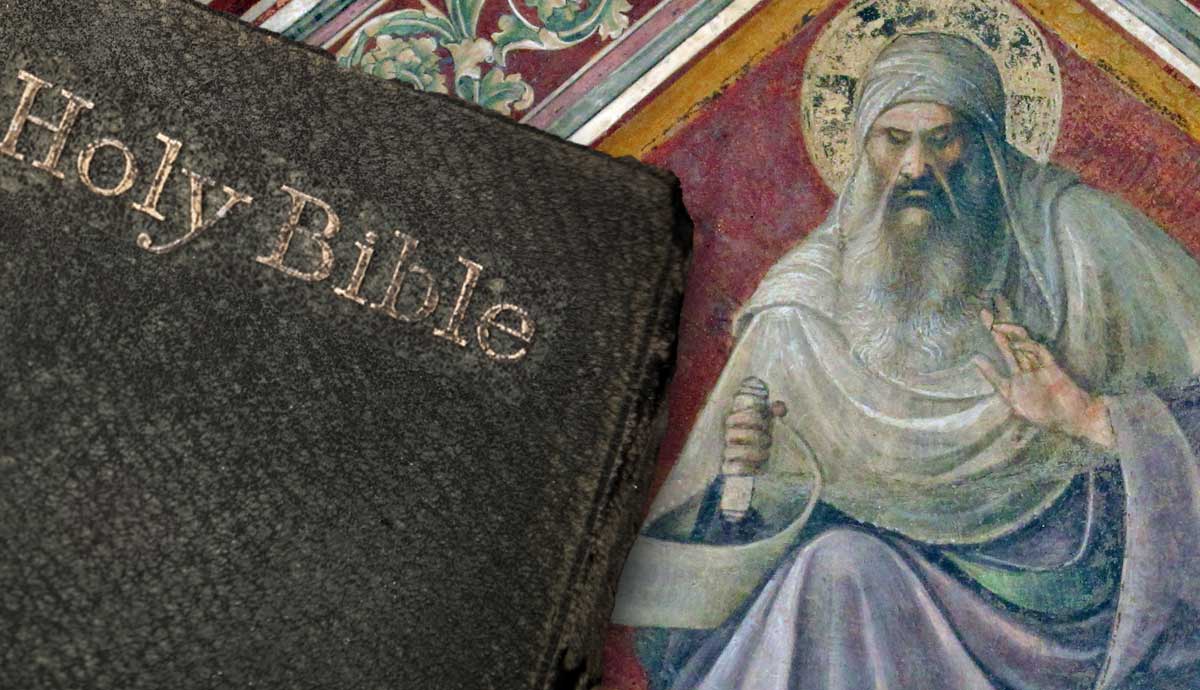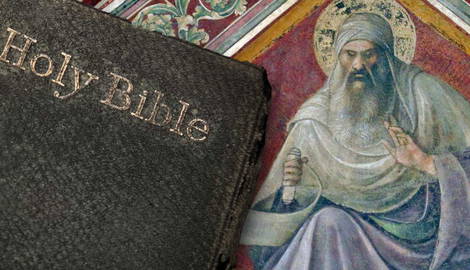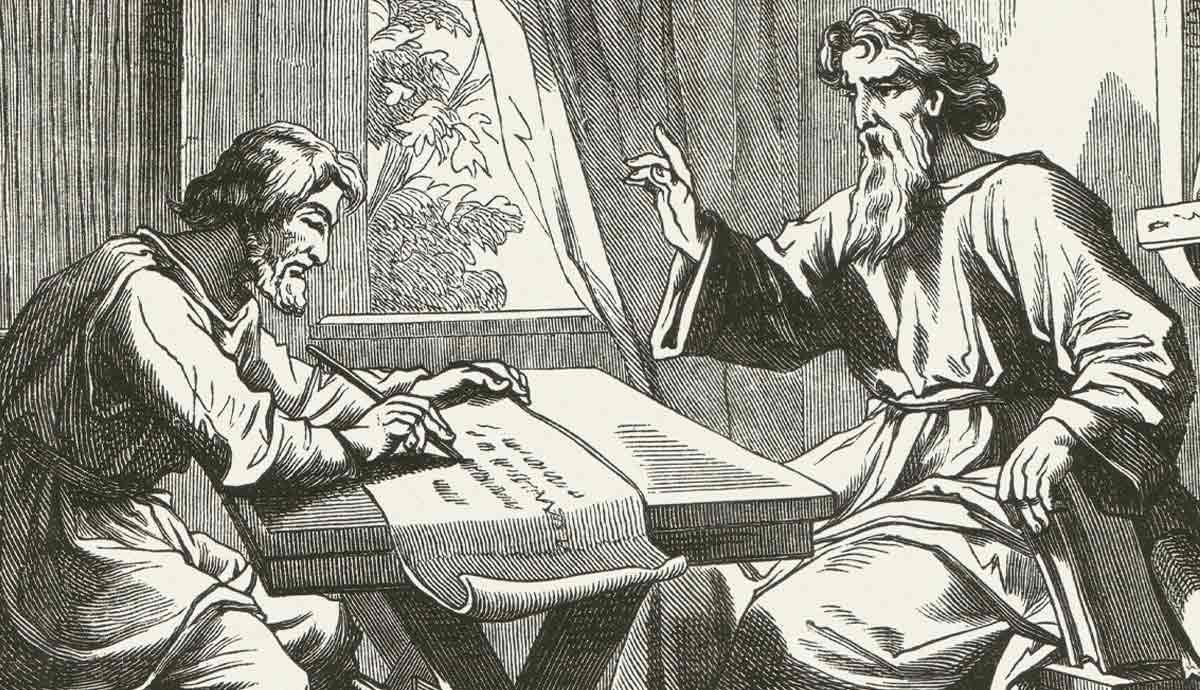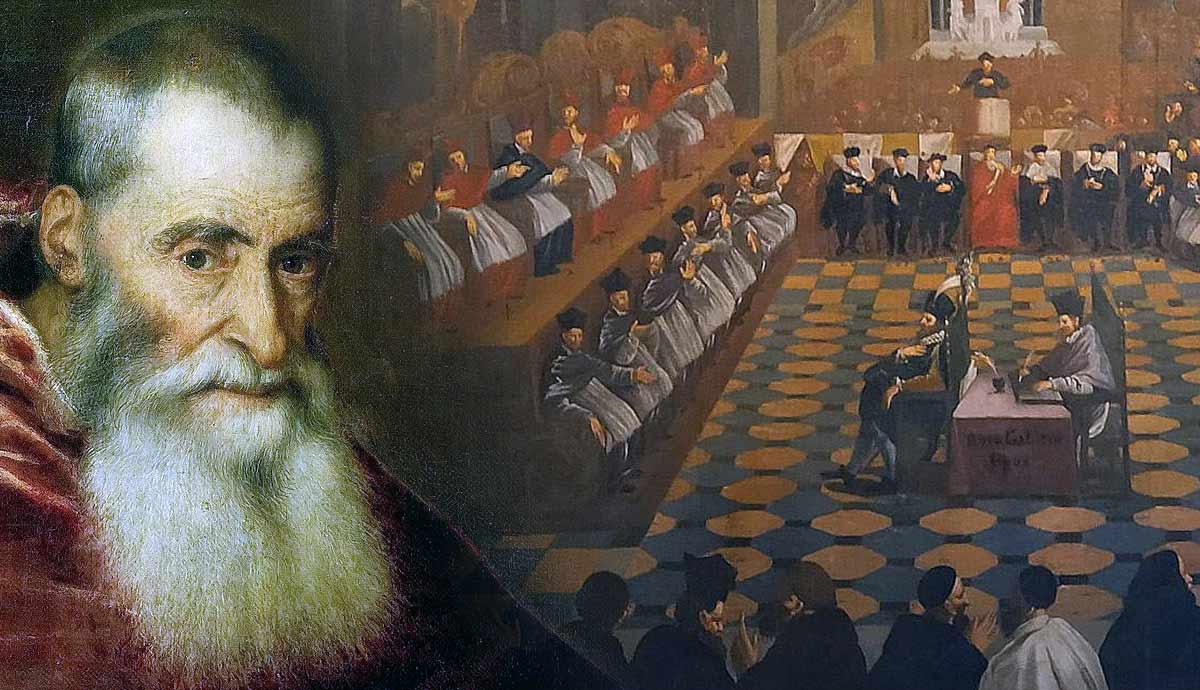
Disclaimer: This article presents the traditional Christian view on the authorship and timeline of the Bible. It is important to recognize that historians typically disagree with many of the dates and authorship claims used by the Christian tradition presented below.
The Bible is the most published book in human history. Translated into more than 3,500 languages, it serves as an inspiration and guide to more than 2.5 billion Christians across the globe. According to tradition, the Bible has more than 40 contributing authors who wrote over a period of 1,500 years. It also consists of literary genres ranging from poetry to genealogies, from wisdom sayings to apocalyptic works, and from gospels to prophecies. For such a variety of authors, genres, and timespan, it is remarkable how well the various parts complement and corroborate each other.
Different Perspectives

For thousands of years, Jews and Christians held to the traditional view on the authorship of the Old Testament. This tradition credited Moses as the author of the Pentateuch, or the first five books of the Old Testament, and many of the other books often named after its author.
During the Enlightenment of the 17th and 18th centuries, however, Theologians started questioning the traditional view in light of the anachronisms and inconsistencies they discovered in the text. As historical analysis, scientific methods, and critical thinking increased and developed, new theories became dominant as they attempted to make sense of the text. By the 19th century, the Historical-Critical method became the most accepted and its prominence lasted well into the 20th century. Theories on the origins and composition of texts abounded, which impacted the views on the dating, authorship, and timeline of the Biblical narrative.
For most of Jewish and Christian history, the traditional view was accepted without much doubt or scrutiny. This article considers the timeline of the traditional view.
The Traditional View: The Old Testament

According to tradition, Moses authored most of the Pentateuch except for the last verses that deal with his death and burial. Tradition holds that Joshua, or other later scribes, composed the last part of Deuteronomy 34.
This view postulates that Moses penned Genesis from oral tradition transmitted through the ages and recorded the remaining events from his lifetime. During New Testament times, this belief was still held and motivated the authors of many New Testament narratives to refer to the Old Testament as “Moses and the Prophets,” where Moses represents the Law or Pentateuch, and the prophets refer to the rest of the Old Testament narratives (See Luke 24:27, John 1:45, and Acts 28:23 for examples).
If we accept Moses as the author of most of the Pentateuch, the time of authorship ranges between the 15th and 13th century BCE. According to 1 Kings 6:1, 480 years passed between the exodus and the fourth year of Solomon’s reign, estimated to be about 966 BCE. This would indicate a 15th-century BCE date. Archaeological evidence suggests a later date, around the 13th century BCE when the name Israel first appears in the historical record.

Joshua was the author of the book carrying his name, except for the parts referencing his death. Like Deuteronomy 34, tradition attributes this part of the narrative to later scribes, prophets, or editors.
The rest of the historical books of the Old Testament, from Judges to Esther, generally follow a historical sequence with some overlap between 1 and 2 Kings and 1 and 2 Chronicles, and a shared period between Ezra, Nehemiah, and Esther. These books, from Judges to Esther, cover a period from approx. 1200 to 432 BCE.
Tradition holds that Samuel authored Judges, Ruth, 1 and 2 Samuel. Jeremiah compiled 1 and 2 Kings from existing records while Ezra was responsible for 1 and 2 Chronicles. Nehemiah and Ezra drafted the books named after them respectively, and various compilers, likely including Mordechai, authored the Book of Esther.
According to tradition, Job was the first book Moses wrote. It was likely after he left Egypt and before returning to lead the Israelites from captivity. Compilers placed it with the wisdom literature which covers Job through the Song of Solomon. The rest of the wisdom literature comes from the period from the Judges to Jeremiah, with some Psalms possibly being by Moses or King David. Lamentations follows the Book of Jeremiah since he was the author though it ranks as wisdom literature.
The prophets do not follow chronological order. Compilers of the Bible divided these books, from Isaiah to Malachi, into two parts: the Major and the Minor Prophets. Amos is the oldest, authored by Amos in the mid-8th century and the most recent is by Malachi around 430 BCE. The books carry the name of the prophet tradition holds as the author.

Based on the above summary, the Old Testament dates to between 1500 BCE and 430 BCE according to tradition. The authors recorded the events detailed in these books sometime after the events occurred. Some of the historical events recorded in 1 and 2 Kings and 1 and 2 Chronicles were compiled from earlier sources to present a record of the history of the kingdoms of Israel and later Judah.
The New Testament

The traditional view on New Testament authorship is that the people the books are attributed to authored those books. The New Testament has a much shorter period of authorship than the Old Testament. Tradition holds that either the Epistle of James, written between 45 and 62 CE, or Paul’s First Thessalonians, authored as early as 50 to 51 CE, was the earliest New Testament work. Of the Gospels, Mark was first, dated between 60 and 70 CE. Matthew and Luke used and expanded on it for their gospels, which is why these gospels are synoptic gospels, meaning they present a similar view of the gospel.
Acts, authored by Luke, ends abruptly when Paul is imprisoned in Rome. This suggests a date between 62 and 70 CE. Considering the absence of a narrative on the destruction of Jerusalem, it must have been authored before that date, and the introduction suggests that it was written shortly after Luke’s Gospel.
Paul’s letters follow in sequence from between 50/51 CE and the time of his death estimated to be between 64 and 67 CE. He tended to self-identify as the author even though he dictated some of his letters to a scribe. The tone of Paul’s Second Letter to Timothy, especially 2 Timothy 4:6-8, suggests that it was likely his last epistle.

The author of Hebrews may have been Paul according to Clement of Alexandria and Origen, though the latter famously says: “Who wrote the Epistle, God only knows.” This explains the placement of this letter between the Pauline epistles and the general epistles.
Peter’s two letters can safely be dated to the 60s CE, not long before his death. The traditional date for Jude is shortly before or after the destruction of Jerusalem in 70 CE. Hypotheses range from 65 to 80 CE.
John the Apostle contributed five books: one gospel, three letters, and an apocalypse to the New Testament canon. The gospel and letters date from 85 to 95 CE, making John’s contribution the last set of books authored in the New Testament. The radically different approach John has when compared to the synoptic gospels indicates that he addressed issues in the early church that emerged sometime after the other gospels appeared. Revelation, written when John was in exile on Patmos, was written around 95 or 96 CE.
None of the dates provided for New Testament books are certain and the dates and authorship of many have been challenged by scholars in recent centuries due to stylistic differences and vocabulary used, among other reasons.
The Biblical Timeline

According to the traditional view, the Bible presents a historical narrative that covers human history from creation to the late 1st century CE. Moses captured the oral tradition about the origins in Genesis. From Exodus onward, the historical narratives were recorded shortly after the events occurred and some records were later compiled from earlier records.
The Bible’s wisdom literature provides insight into the philosophy, poetry, and culture of Old Testament times and ranges from before the time of Moses to the reign of Solomon and even thereafter. The books of the prophets are not listed in chronological order, but their narratives provide details on the circumstances during the historical period of the Northern and Southern Kingdoms.
There is a time of silence, referred to as the inter-Testamental period, from 430 BCE and 50 CE, between the Old and New Testaments. Many Jewish books originated from that time, but none was taken up into the biblical canon because they did not meet the standard required for inclusion.

The authors of the New Testament generated its corpus in less than 50 years, though it took several centuries for leaders in the Early Church to reach an agreement on which books were authorized for inclusion into the New Testament canon. The earliest version of the list of the 27 New Testament books of the protestant canon is a letter by Athanasius dated 367 CE.
The Bible timeline in terms of authorship covers the 15th to 5th century BCE and the second half of the 1st century CE. It is quite remarkable how well the Old and New Testaments complement each other considering the number of authors, the genres, and the differences in the time of writing.
Modern scholarship has challenged the traditional attribution of authorship and dates of the Old and New Testament books. In general, it provides much later dates for these books and highlights internal and external evidence that contradicts the traditionally attributed authorship.










